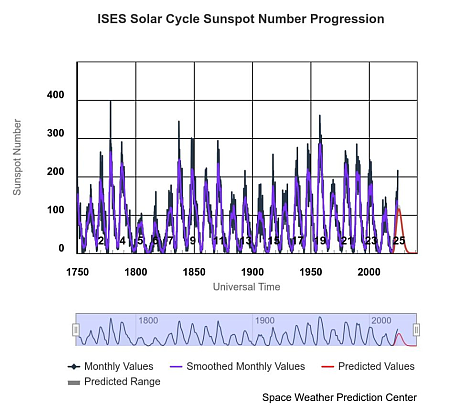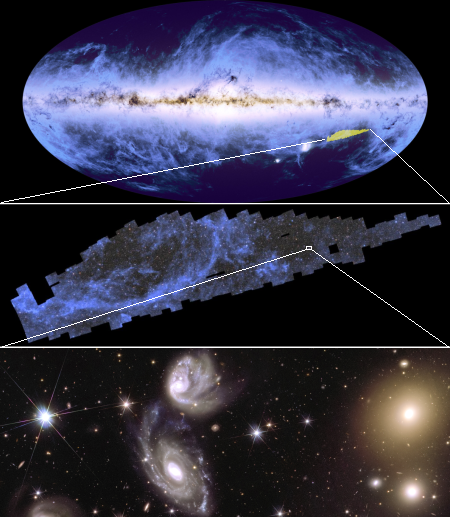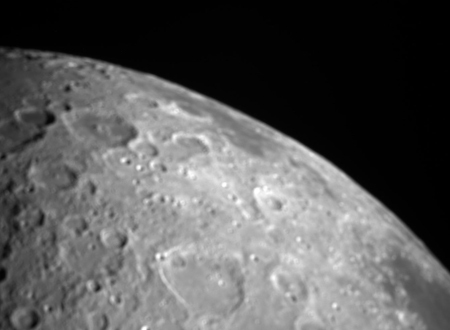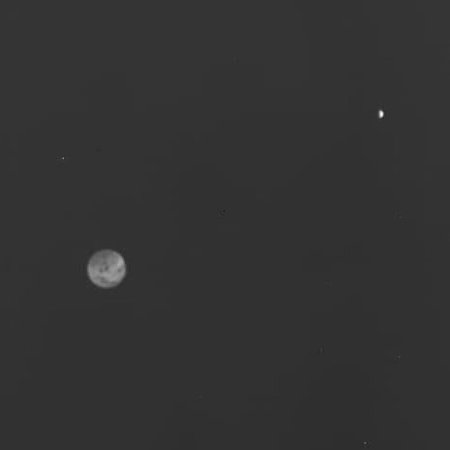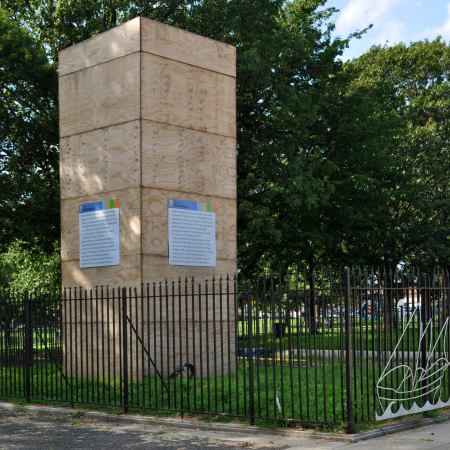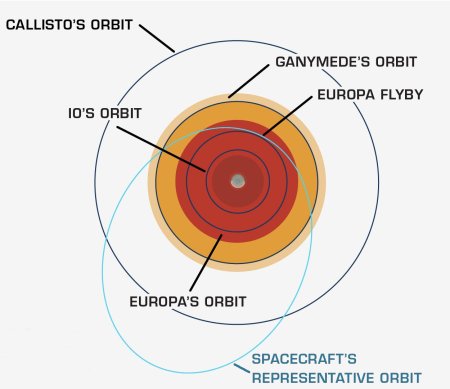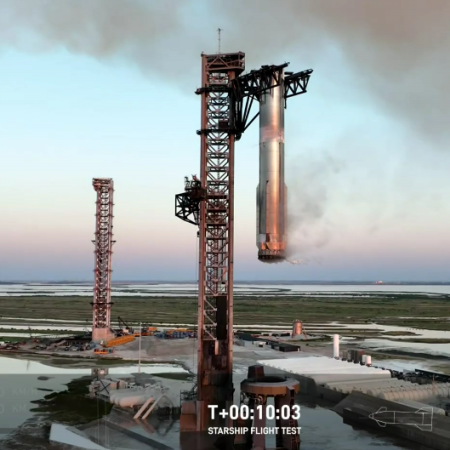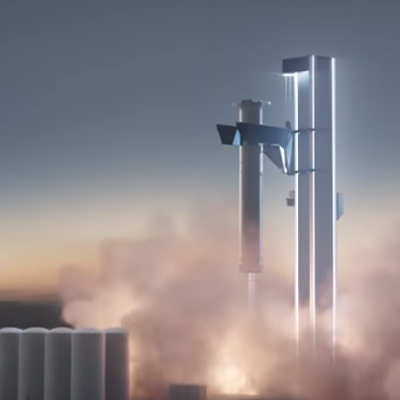Airbus to eliminate 2,500 jobs in its space and defense divisions
Airbus has decided that through 2026 it will eliminate 2,500 jobs in its space and defense divisions.
The Airbus cuts come just months after it said in its second-quarter earnings report that the space division was affecting its financial performance. In those earnings, it took a charge of 989 million euros ($1.08 billion) against the space business, relating to an audit of costs in the division and projected lower revenues.
According the company’s press release, the cuts will be targeting what appears to be a bloated management structure.
Intended measures will include creating a more effective and efficient organisational structure for the Division, especially with regard to headquartered functions.
The company does not plan to lay off anyone against their will. Instead, it will work out a buy-out program, the details of which are not yet known, that will encourage employees to leave voluntarily.
The issues here are probably related to the failure of the Ariane-6 rocket, which though now operational is too expensive to compete effectively in the modern launch market. Though it is built by ArianeGroup, a joint partnership of Airbus and Safran, its losses will percolate back to Airbus itself. That the cuts will target upper management also makes sense. Why does Airbus’s space division need a large payroll at its headquarters if it has shifted its space operations to the subsidiary ArianeGroup?
Airbus has decided that through 2026 it will eliminate 2,500 jobs in its space and defense divisions.
The Airbus cuts come just months after it said in its second-quarter earnings report that the space division was affecting its financial performance. In those earnings, it took a charge of 989 million euros ($1.08 billion) against the space business, relating to an audit of costs in the division and projected lower revenues.
According the company’s press release, the cuts will be targeting what appears to be a bloated management structure.
Intended measures will include creating a more effective and efficient organisational structure for the Division, especially with regard to headquartered functions.
The company does not plan to lay off anyone against their will. Instead, it will work out a buy-out program, the details of which are not yet known, that will encourage employees to leave voluntarily.
The issues here are probably related to the failure of the Ariane-6 rocket, which though now operational is too expensive to compete effectively in the modern launch market. Though it is built by ArianeGroup, a joint partnership of Airbus and Safran, its losses will percolate back to Airbus itself. That the cuts will target upper management also makes sense. Why does Airbus’s space division need a large payroll at its headquarters if it has shifted its space operations to the subsidiary ArianeGroup?


